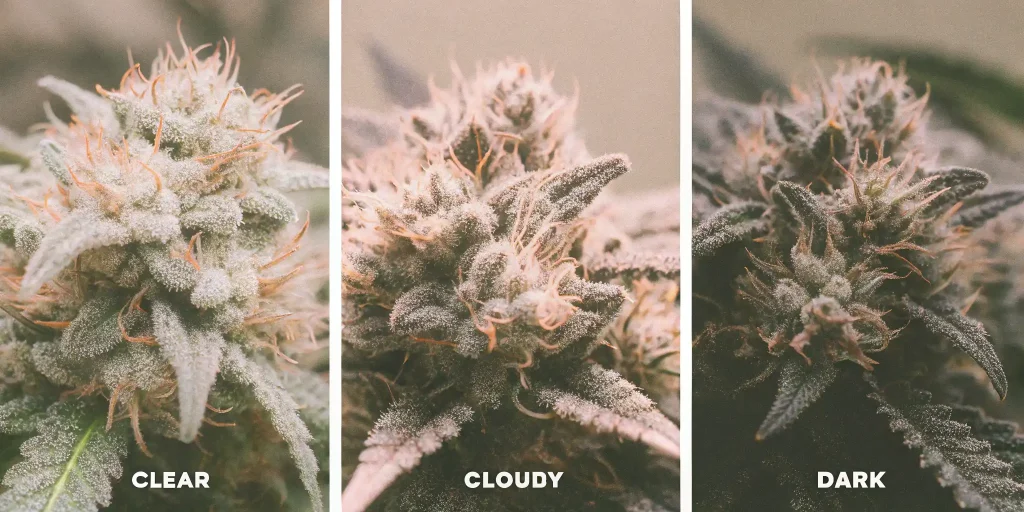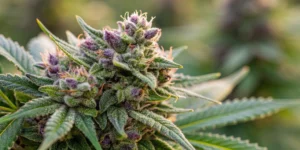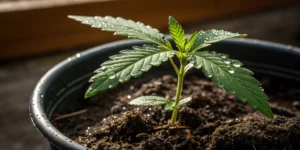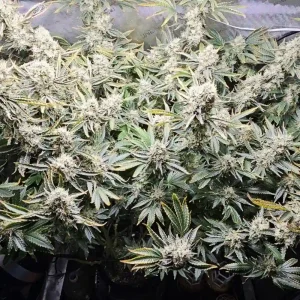Over Ripe Buds
What Are Over Ripe Buds?
Over ripe buds refer to cannabis flowers that have exceeded their optimal harvest time. While mature buds are essential for achieving maximum potency and terpene content, leaving them on the plant for too long can lead to undesirable effects. Over ripening changes the chemical composition of the buds, reducing THC levels and increasing CBN, which alters the overall effect of the strain.
Cannabis buds are typically harvested when trichomes are cloudy with a slight amber hue. When buds become overripe, trichomes turn dark amber or brown, and the plant may show signs of degradation. Knowing when to harvest is key to avoiding loss of potency and flavor.
Causes of Over Ripening in Cannabis Plants
Over ripening occurs when cannabis growers fail to harvest their plants at the right time. Several factors contribute to this issue, including:
- Lack of proper monitoring: Not checking trichomes regularly can result in missed harvest windows.
- Miscalculating flowering time: Different strains have varying maturation times, and assuming a uniform timeline can lead to errors.
- Environmental conditions: Excess humidity or inconsistent temperatures can delay ripening, leading to unpredictable results.
- Grower preference: Some cultivators intentionally leave buds on the plant longer, believing it enhances potency, though this often reduces THC levels.
Understanding these factors helps growers take proactive steps to prevent over ripening and ensure a high-quality final product.
How to Identify Over Ripe Buds
Recognizing overripe buds requires close observation. Some key indicators include:
- Dark amber or brown trichomes: A sign that THC is degrading into CBN, leading to a more sedative effect.
- Dull, darker-colored pistils: Instead of vibrant orange or red pistils, overripe buds tend to have faded, shriveled pistils.
- Soft or airy bud texture: Over maturity can make buds less dense and more prone to deterioration.
- Changes in aroma and flavor: Overripe buds lose their fresh, pungent scent and develop a musky or fermented odor.
Monitoring these characteristics allows growers to harvest at the perfect moment, avoiding the downsides of late harvesting.
Effects of Over Ripeness on Cannabis Quality
How Over Ripe Buds Affect Potency
Cannabis potency is highest when harvested at peak ripeness. However, as buds over ripen, THC levels begin to degrade into CBN, a cannabinoid known for its sedative effects. While this might be desirable for some medical users, recreational users often seek higher THC content, making overripe buds less appealing.
Overripened buds tend to produce a heavier, couch-lock effect rather than an uplifting or euphoric high. This change in chemical composition impacts strain consistency and may not provide the intended effects of the original genetics.
Changes in Flavor and Aroma Due to Over Ripening
Flavor and aroma are essential factors in the overall cannabis experience. Over ripeness alters terpene profiles, reducing the freshness of the bud’s scent. Instead of fruity, piney, or spicy notes, overripe buds may develop a stale, fermented, or woody aroma.
The smoking or vaping experience also suffers as overripe buds tend to produce a harsher taste. This is due to the oxidation of terpenes and cannabinoids, which diminishes the overall quality of the flower.
Visual and Structural Changes in Over Mature Buds
Buds that have been left on the plant too long exhibit noticeable physical differences:
- Looser bud structure: Flowers may lose their compact density and become fluffier.
- Shriveled pistils: The vibrant colors fade, leaving the buds looking dull and lifeless.
- Overextended trichomes: Instead of short, cloudy trichomes, overripe buds often have elongated, dark amber ones.
- Leafy or dry exterior: Over maturity can cause sugar leaves to curl inward or dry out, leading to a less visually appealing product.
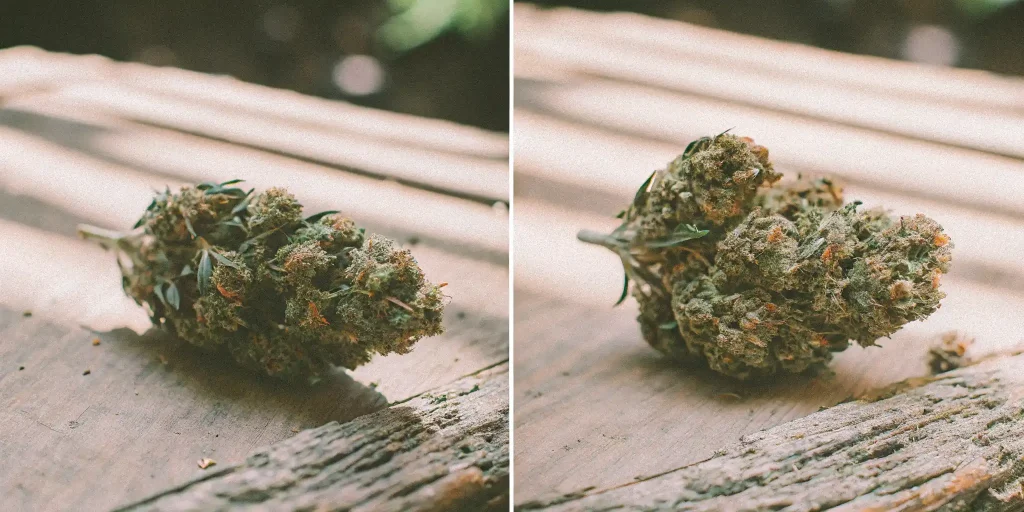
How to Prevent Over Ripening in Cannabis Plants
Recognizing the Ideal Harvest Window
Harvesting at the right time is crucial for preserving potency and flavor. The ideal time varies depending on strain genetics and environmental factors, but general guidelines include:
- Cloudy trichomes with 10-20% amber color indicate peak THC levels.
- Pistils turning orange or red while still retaining some fresh white ones suggest optimal ripeness.
- Firm, dense buds with a strong aroma are typically ready for harvest.
Keeping a close eye on these factors ensures that buds are harvested at their highest quality.
Monitoring Trichome Maturity for Perfect Timing
Using a jeweler’s loupe or a microscope helps growers inspect trichome color and maturity. Trichomes go through distinct phases:
- Clear: Buds are still developing and lack potency.
- Cloudy/milky: Peak THC production, ideal harvest time.
- Amber: THC is breaking down into CBN, leading to a heavier, sedative effect.
By assessing trichomes, growers can make precise harvesting decisions.
Environmental Factors That Contribute to Over Ripeness
Environmental factors play a role in ripening speed. Growers should monitor:
- Temperature and humidity: High heat or excessive moisture can accelerate terpene degradation.
- Lighting duration: Overexposure to light can degrade THC faster.
- Nutrient feedings: Continuing nitrogen feeding too long into flowering can prolong plant maturation.
Adjusting these conditions helps prevent buds from over ripening while ensuring they develop the best possible profile.
What to Do with Over Ripe Buds
Are Over Ripe Buds Still Usable?
While overripe buds are not ideal for smoking or vaping, they still contain cannabinoids that can be repurposed. Their increased CBN content makes them suitable for users who need stronger sedative effects for sleep or relaxation. They can also be processed into extracts, edibles, or other cannabis-based products.
Best Ways to Salvage Over Mature Buds
If a grower ends up with overripe buds, they can still make the most of them by:
- Drying and curing carefully: Proper post-harvest handling can improve the final product.
- Blending with fresher buds: Mixing them with less mature flowers balances the effects.
- Using for medicinal purposes: Patients who require stronger relaxation or sleep aid may benefit from higher CBN levels.
Making Edibles, Concentrates, and Extracts from Over Ripe Buds
Since overripe buds still contain cannabinoids, they are useful for producing:
- Cannabis butter or oil for edibles.
- Full-spectrum extracts with high CBN content.
- Tinctures and topicals for therapeutic applications.
While not ideal for smoking, overripe buds remain valuable for multiple cannabis-based applications.
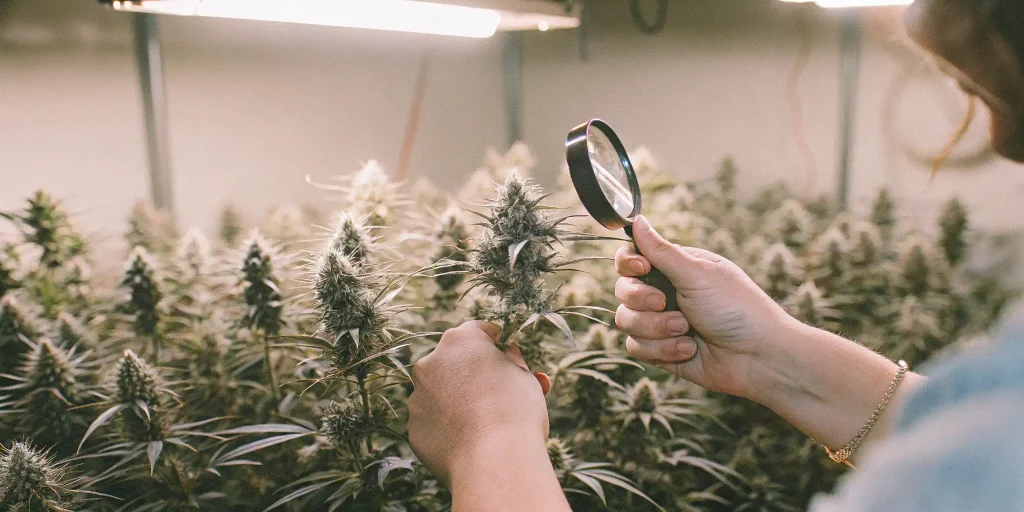
FAQs About Over Ripe Buds
How can I tell if my cannabis buds are overripe?
Overripe buds show several distinct signs. The trichomes will turn from cloudy to dark amber or brown, indicating THC degradation into CBN. The pistils will appear dry and shriveled rather than vibrant. Additionally, overripe buds may have a musky or fermented odor, and their texture may feel softer or looser than properly harvested buds. Monitoring trichomes with a jeweler’s loupe is the best way to determine the right harvest time.
Are overripe buds less potent than properly harvested cannabis?
Yes, overripe buds generally have lower THC levels due to cannabinoid degradation. As THC breaks down into CBN, the effects shift from an energetic or euphoric high to a more sedative, couch-lock experience. While some users may prefer this effect for sleep or relaxation, overripe buds are typically less desirable for recreational use. To maintain peak potency, harvesting at the right time is essential.
What is the best way to use overripe buds?
Although overripe buds are not ideal for smoking due to their altered flavor and potency, they can still be used in other ways. Making edibles, tinctures, or concentrates helps preserve their cannabinoids while masking any harsh flavors. Additionally, their higher CBN content makes them useful for medicinal applications such as sleep aids and pain relief products. Proper curing can also improve the overall experience when consuming overripe buds.

